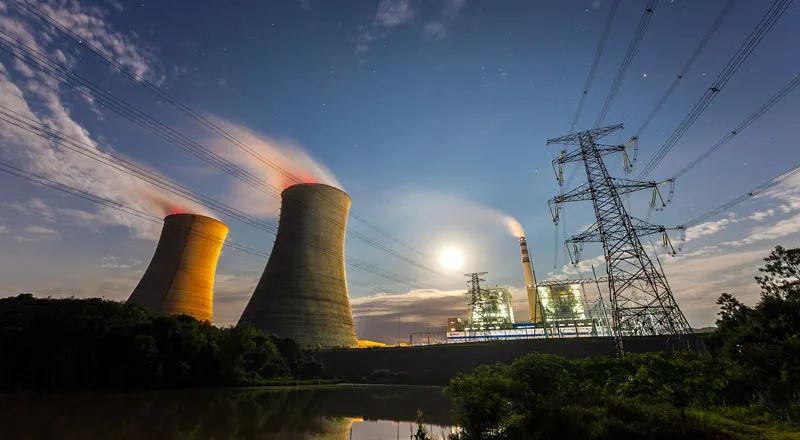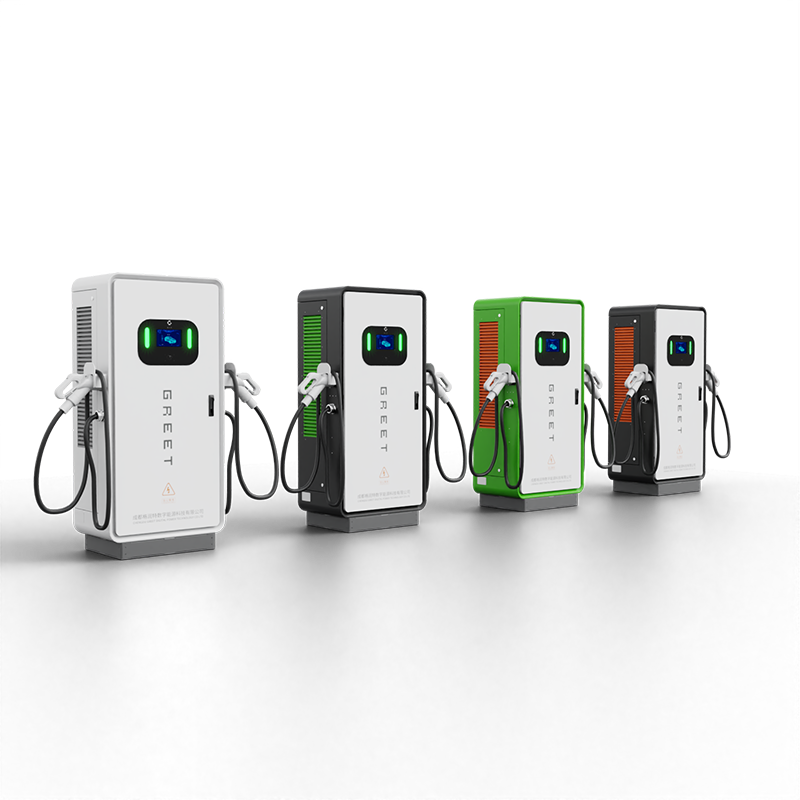“A stable power supply network is an important pillar of the European internal energy market and an indispensable key element to achieve green transformation.” In the “European Union Grid Construction Action Plan” released not long ago, the European Commission (hereinafter referred to as the “European Commission” ”) clearly stated that the European power network must move in the direction of being “smarter, more decentralized, and more flexible”. To this end, the European Commission plans to invest 584 billion euros by 2030 to modernize the power grid.
Behind the European Commission’s move is the energy community’s growing concern about the lagging progress of European power grid construction. Analysts generally believe that the EU’s current power grid is too small, relatively backward, too centralized, and insufficiently connected, and faces many challenges.
First, the aging transmission and distribution network cannot meet the growing demand for electricity consumption. It is predicted that by 2030, electricity consumption in the EU will increase by approximately 60% compared to current levels. At present, about 40% of Europe’s power distribution networks have been in use for more than 40 years and are less than 10 years away from the end of their initial design life. The aging power grid not only loses efficiency in power transmission, but also poses potential safety hazards.
Secondly, the growth momentum on both the supply and demand sides of renewable energy poses a test to existing networks. Millions of new rooftop solar panels, heat pumps, and local energy community shared resources will require grid access, while growing demand for electric vehicle charging and hydrogen production will require more flexible and advanced grid systems.
In addition, many power producers are complaining about the cumbersome regulatory process. The “Plan” notes that in many countries, renewable energy power generation projects need to wait a long time to obtain grid connection rights. Leonhard Birnbaum, head of the European Electric Power Industry Alliance and CEO of Germany’s E.ON Group, once complained: “As Germany’s largest utility company, E.ON’s application for network access has also come to nothing.”
Not only that, the growing power transactions within the EU have also put forward higher requirements for grid interconnection among member states. The Council on Foreign Relations, a well-known European think tank, pointed out in a report that when a member state lacks domestic power generation, it can obtain energy from other countries, which will enhance the energy resilience of the entire Europe. For example, during the extreme high temperature weather in the summer of 2022, France’s domestic nuclear power plants reduced power generation and instead increased electricity imports from the United Kingdom, Spain, Germany, and Belgium to ensure domestic demand.
Calculations by the European Transmission System Operators Alliance, which represents 39 European power companies, show that in the next seven years, the EU’s cross-border transmission infrastructure should double, and 23 GW of capacity should be added by 2025. On this basis, by 2030 An additional 64 GW of capacity will be added this year.
In order to respond to these imminent challenges, the European Commission has identified seven key areas for focus in the Plan, including accelerating the implementation of existing projects and the development of new projects, strengthening long-term network planning, introducing a forward-looking regulatory framework, and improving the power grid. Intelligent level, broaden financing channels, streamline licensing approval process and improve and strengthen supply chain, etc. The Plan proposes specific action ideas for each of the above areas.
Gilles Dixon, CEO of the European Wind Energy Association, believes that the European Commission’s launch of the “Plan” is a “smart move.” “This shows that the European Commission has realized that without large-scale investment in the power grid, it is impossible to Achieving the energy transition”. Dickson appreciated the Plan’s emphasis on standardization of the power grid supply chain. “Transmission system operators need to receive clear incentives to purchase standardized equipment.”
Meanwhile, Dickson stressed the need for urgent action, particularly to address the queue of renewable energy projects applying to be connected to the grid. Dickson said it was important to ensure that priority was given to the projects that were most mature, strategic and most likely to be built, and to avoid “letting speculative projects screw things up”. Dickson also called on public banks such as the European Investment Bank to provide counter-guarantees for large infrastructure projects.
In the context of the EU’s active promotion of power grid modernization, all member states should work together to overcome challenges and promote greater breakthroughs in European power grid construction. Only in this way can Europe move towards a greener and more sustainable future.
Susie
Sichuan Green Science & Technology Ltd., Co.
0086 19302815938
Post time: Jan-22-2024






